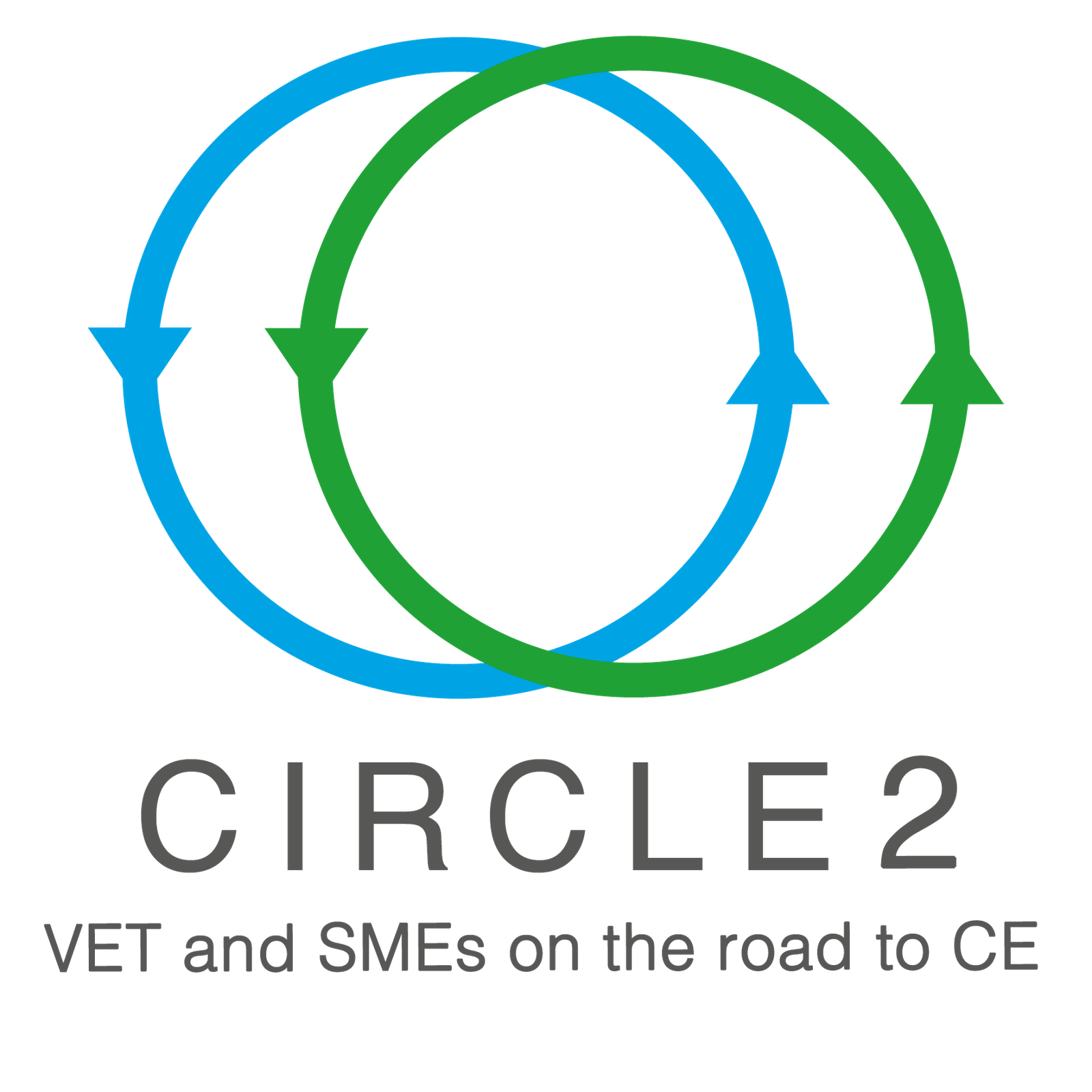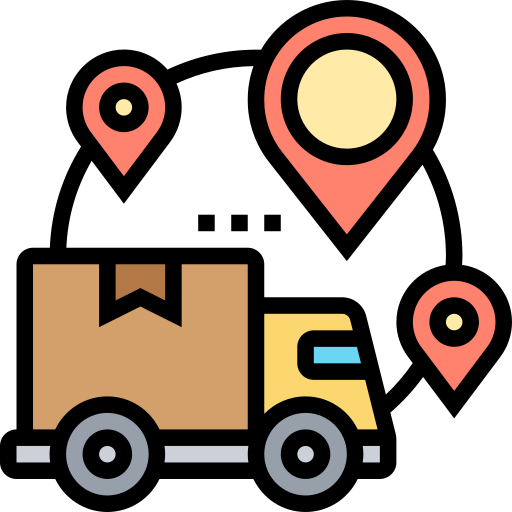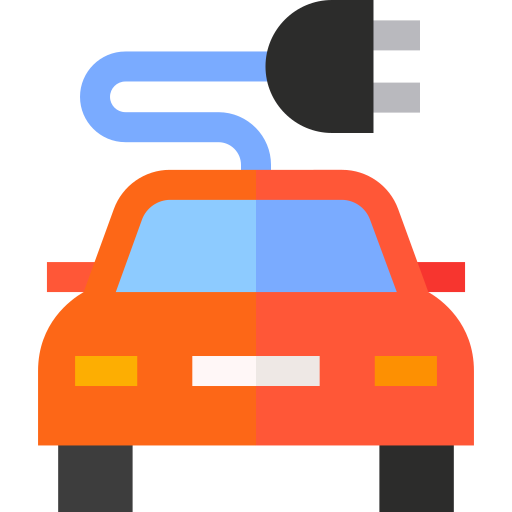Circular Economy and Transport Course Units
The transport sector employs a wide range of people with differing skills
The transport sector in Europe plays a critical role in facilitating economic growth, promoting regional integration, and connecting people and goods across the continent. It encompasses various modes of transportation, including road, rail, air, and maritime, each contributing to the overall transport network.
The circular economy is an opportunity for Students and vocational educators to put sustainability and the circular economy at the heart of what they do. Every sector can define new ways of operating that involves less waste, reduces carbon impact and is more energy efficient.
Resource Pack 1
Access files and tools relevant to your circular economy journey.
Resource Pack 2
Access files and tools relevant to your circular economy journey.
Transport Interviews
A collation of interviews undertaken for transport
2. Circular Economy in Logistics - Movement of Goods
The circular economy offers a compelling framework for transforming the movement of goods within the logistics sector. By prioritising resource efficiency, waste reduction, and collaboration, circular economy logistics can contribute to a more sustainable and resilient supply chain, while simultaneously generating economic and environmental benefits.
3. Circular Economy in Logistics - Movement of People
The circular economy approach applied to the movement of people emphasises sustainable transportation systems, reduced emissions, and enhanced well-being. By promoting active transportation modes, shared mobility services, and efficient resource allocation, circular economy practices can transform the way people travel, fostering a more sustainable and inclusive society.
4. Innovation in Vehicles
Innovation in vehicles plays a pivotal role in transitioning towards a more sustainable and circular economy. The integration of circular economy principles in the design, production, use, and end-of-life stages of vehicles offers opportunities to maximise resource efficiency, reduce waste, and minimise environmental impacts.
5. Electric Vehicle Technologies
The emergence of electric vehicles (EVs) has presented a transformative opportunity to advance the principles of the circular economy. Through the use of recycled materials, battery innovations, efficient charging infrastructure, and data-driven optimisation, the circular economy approach maximises resource efficiency and minimises waste throughout the life cycle of electric vehicles.
6. Digitilization in the Transport System
Digitisation facilitates the optimisation of transport routes and modes, minimising energy consumption and reducing carbon emissions. Through real-time data collection and analysis, transport operators can make informed decisions regarding route planning, vehicle utilisation, and load optimisation. This optimisation leads to reduced empty hauls, improved asset utilisation, and overall resource efficiency.







